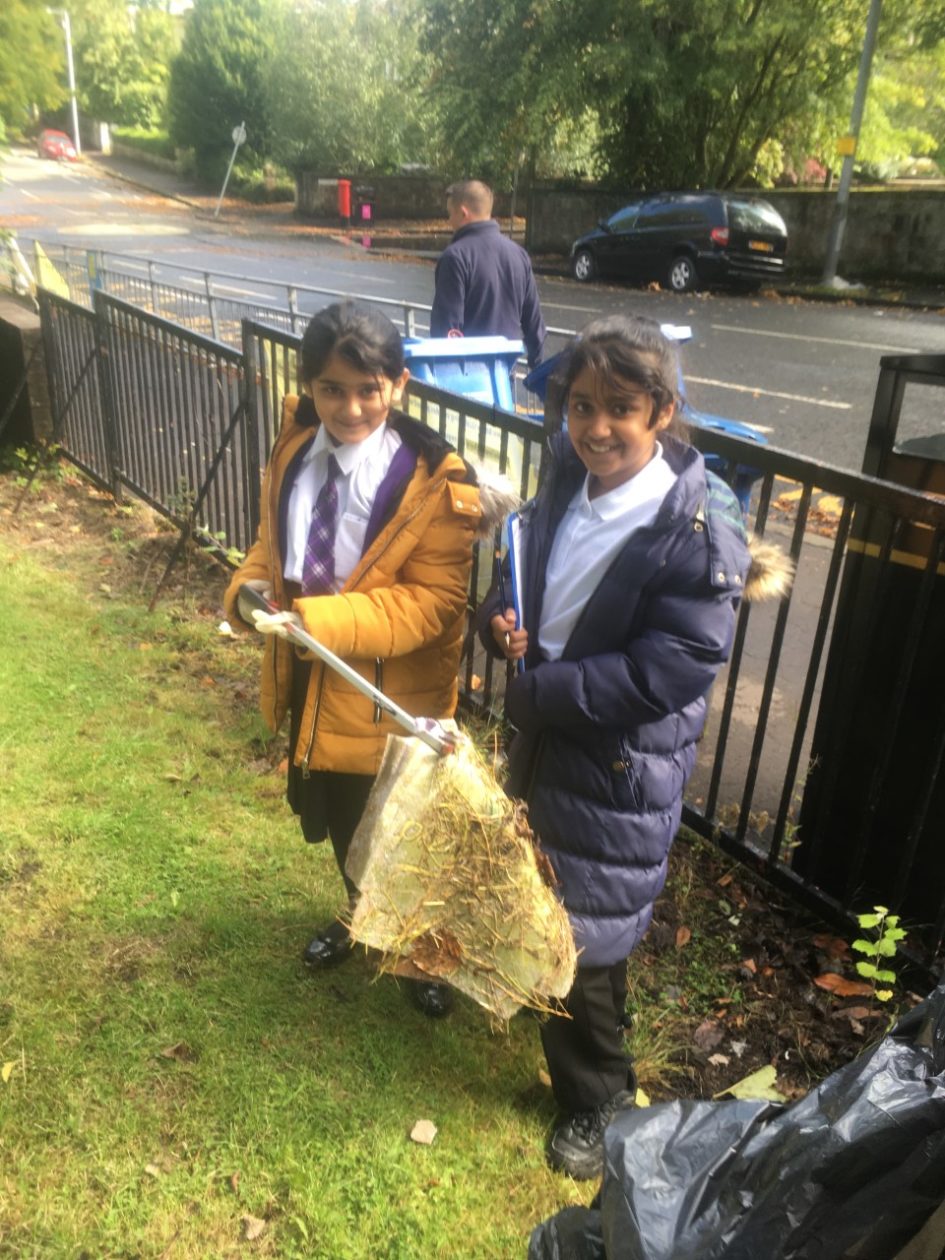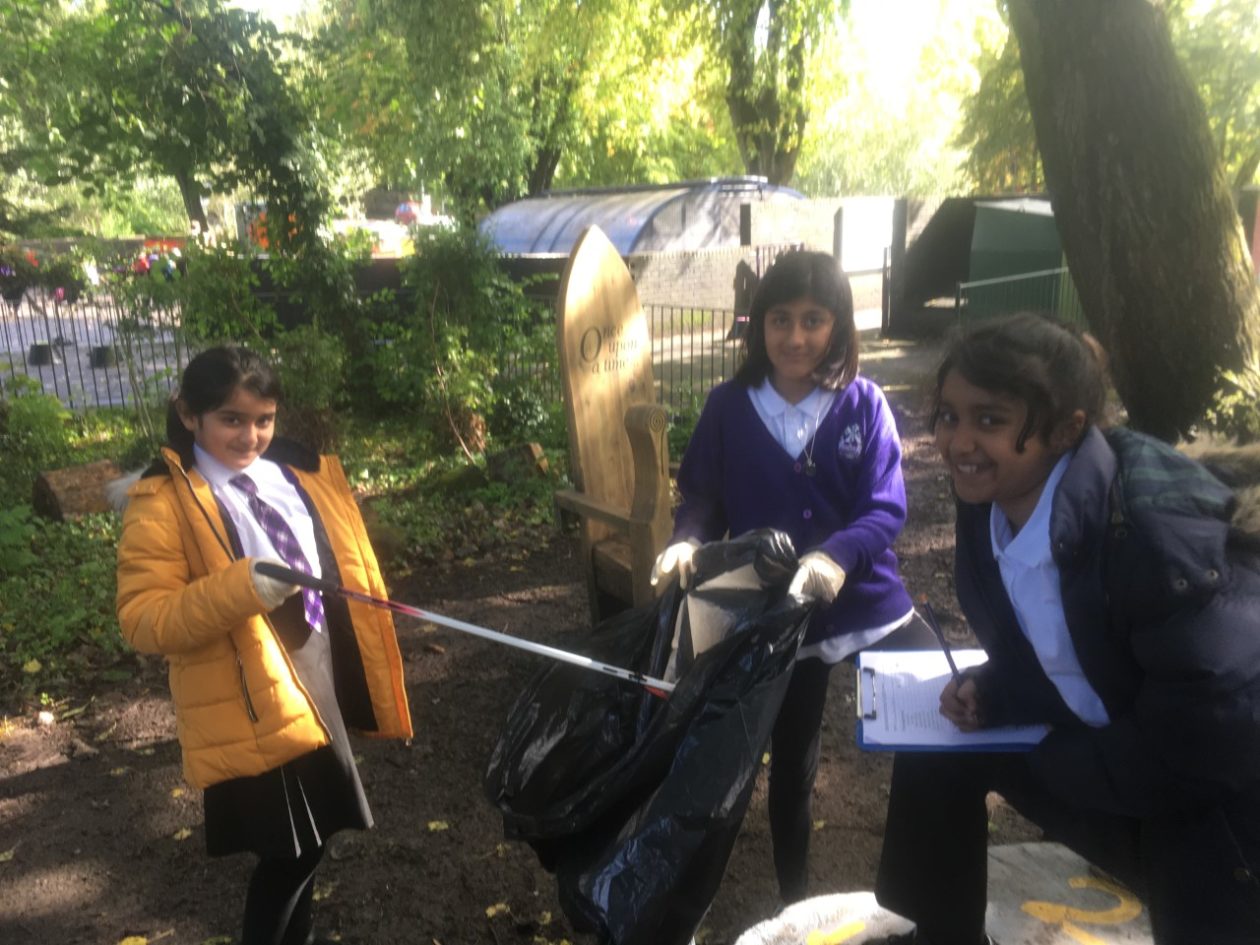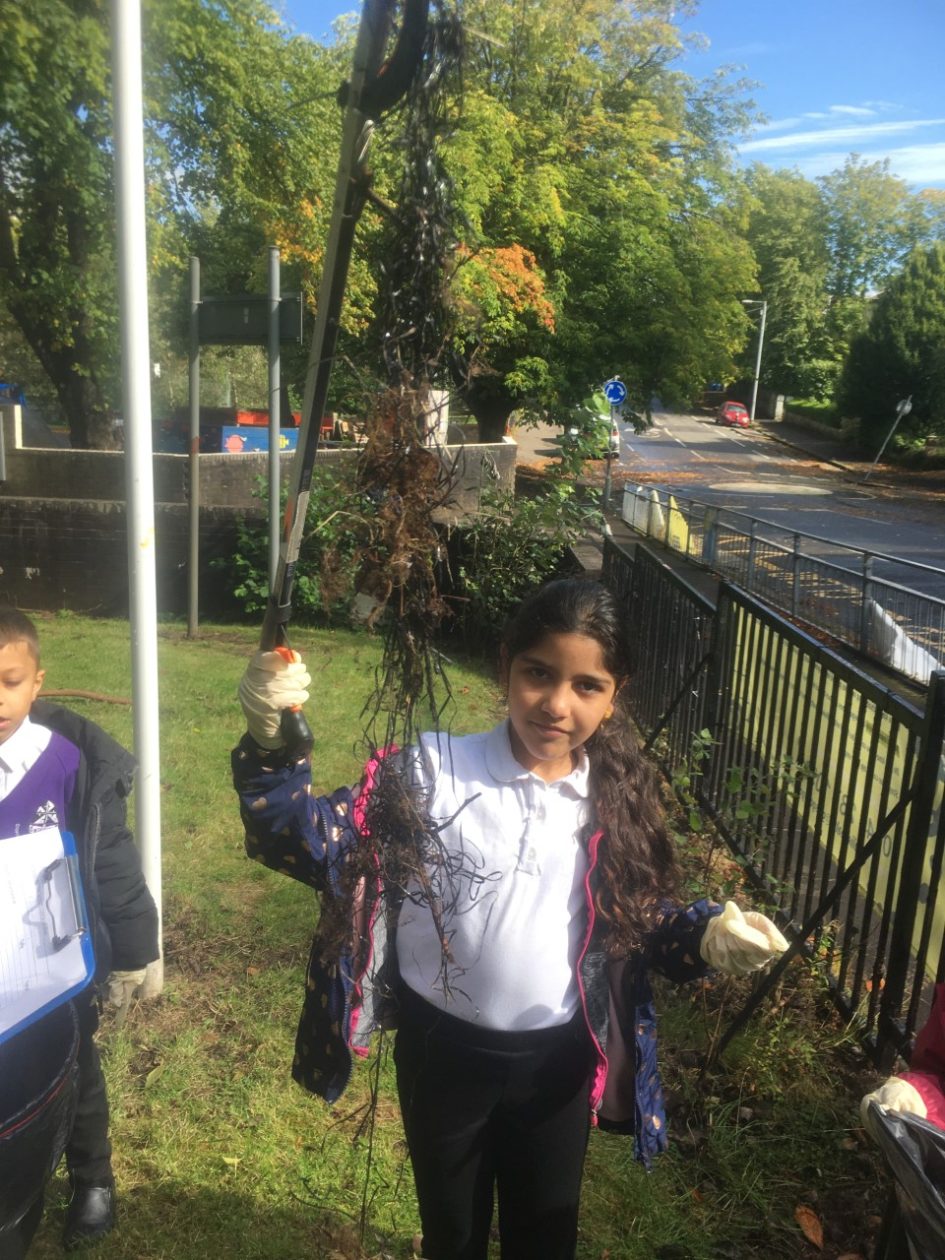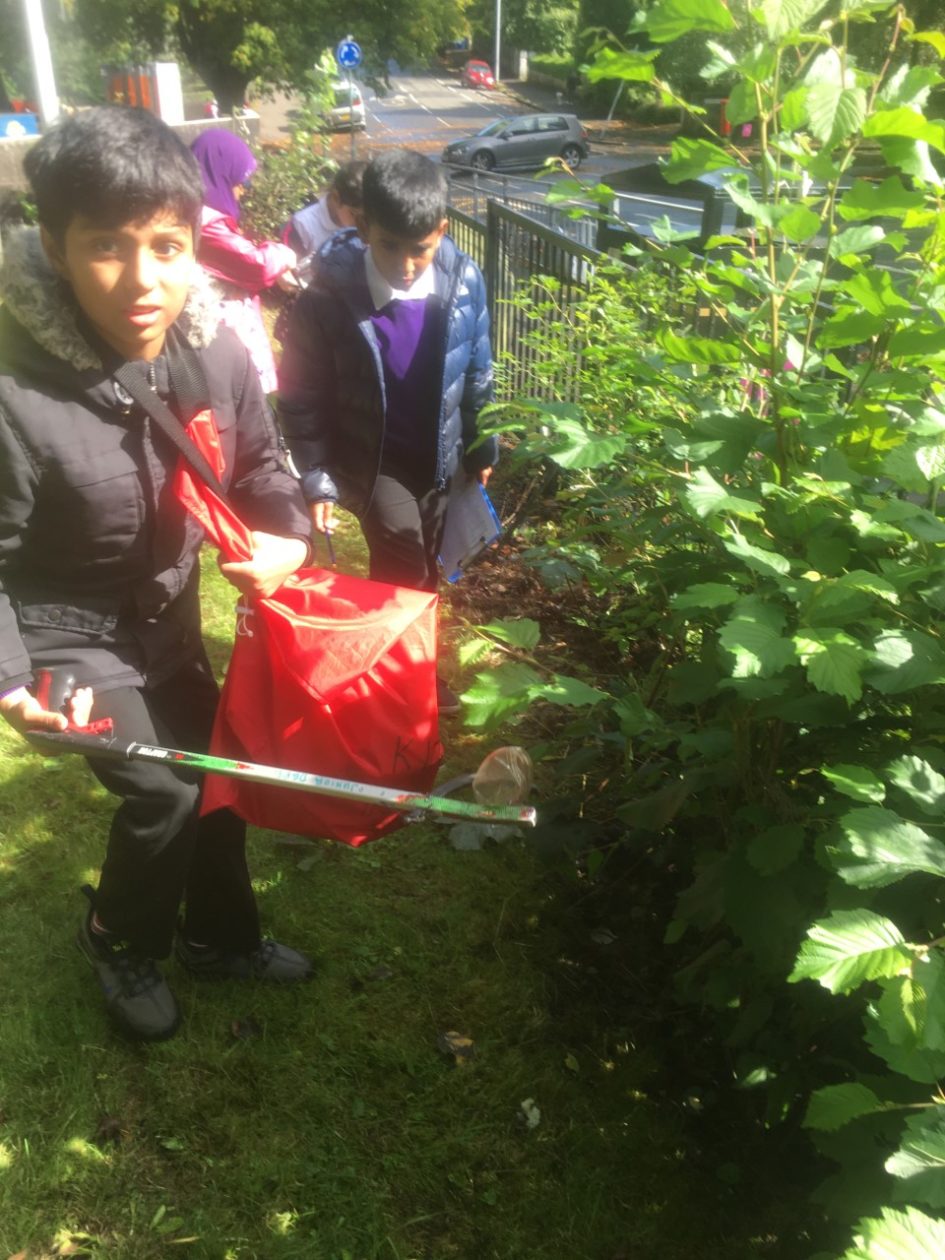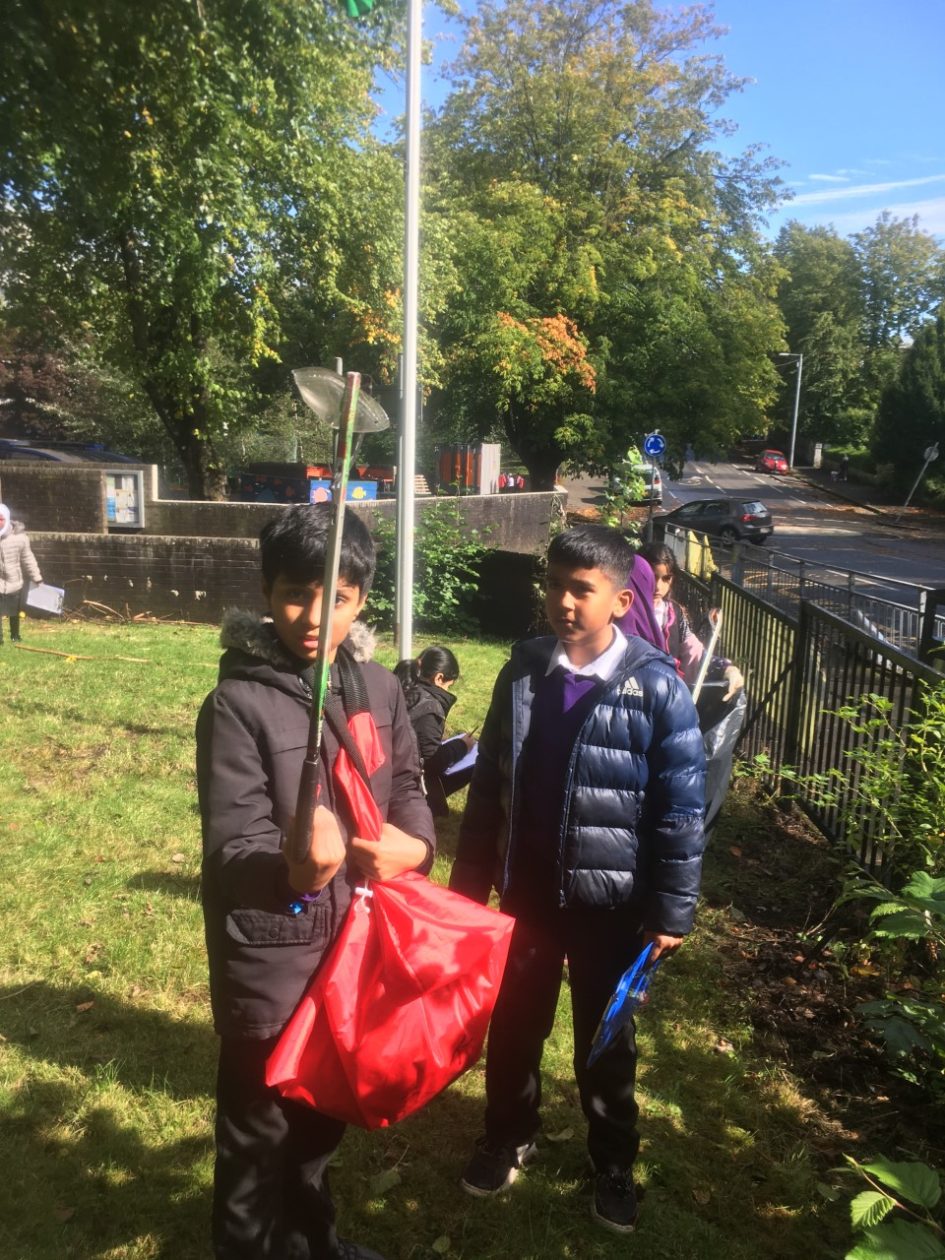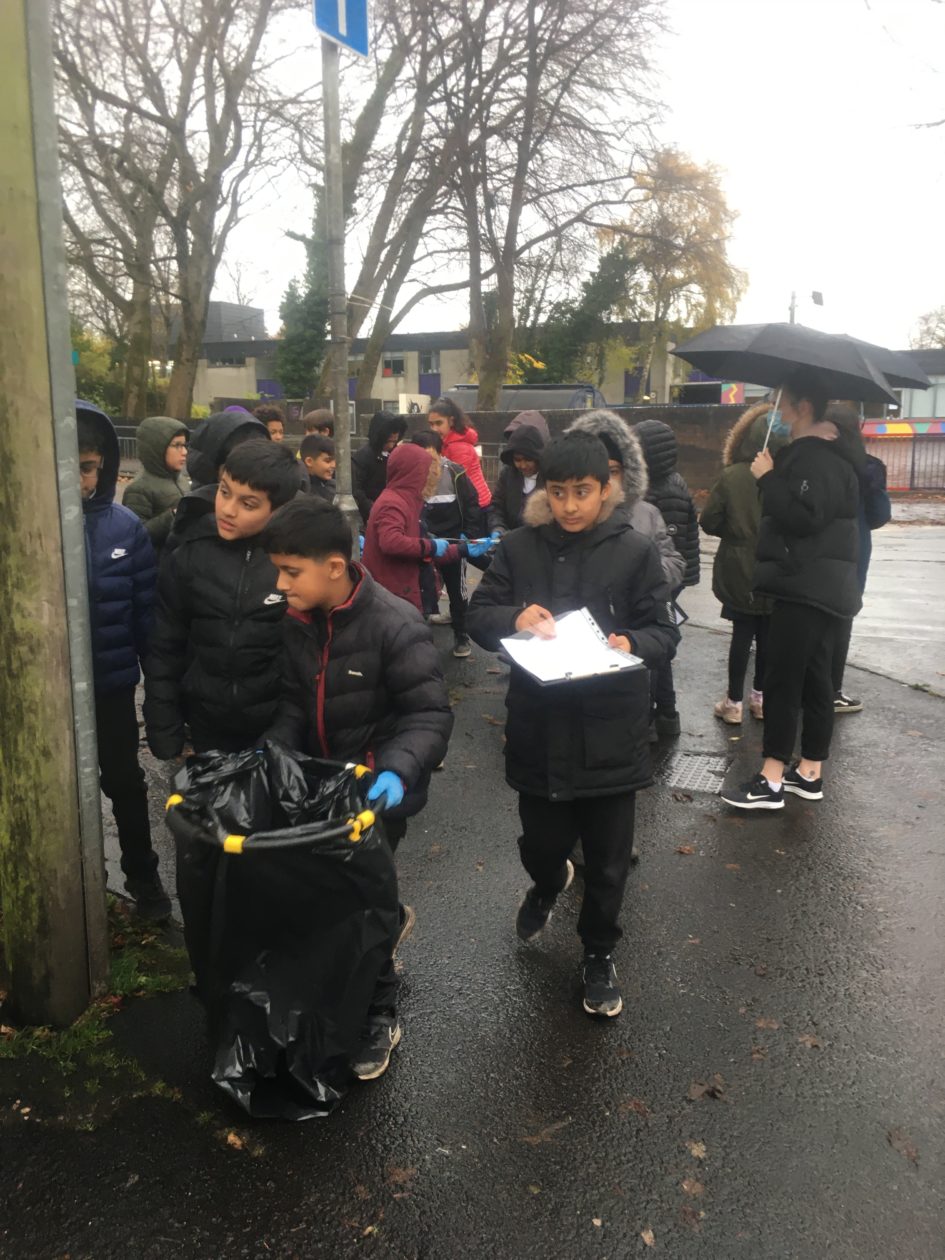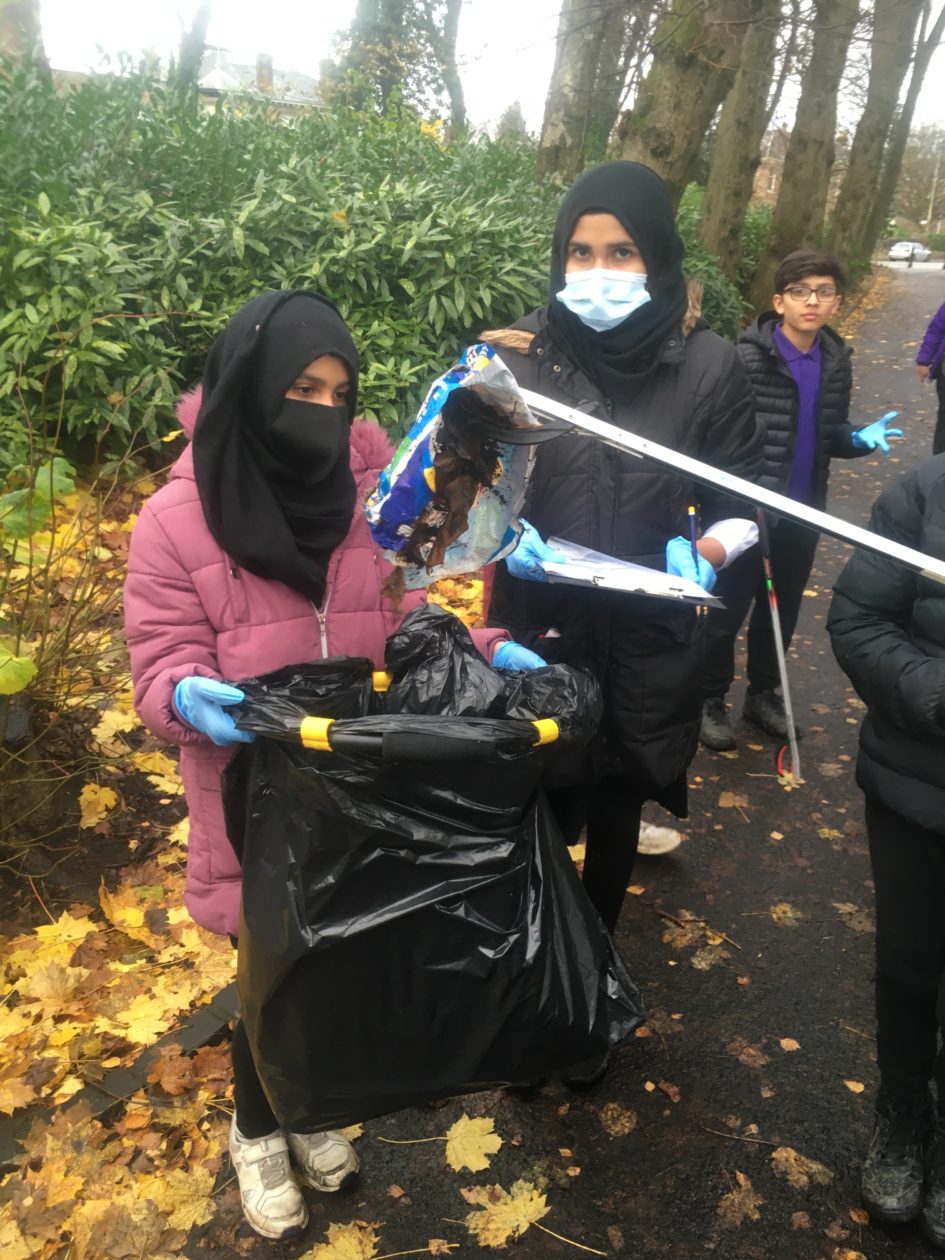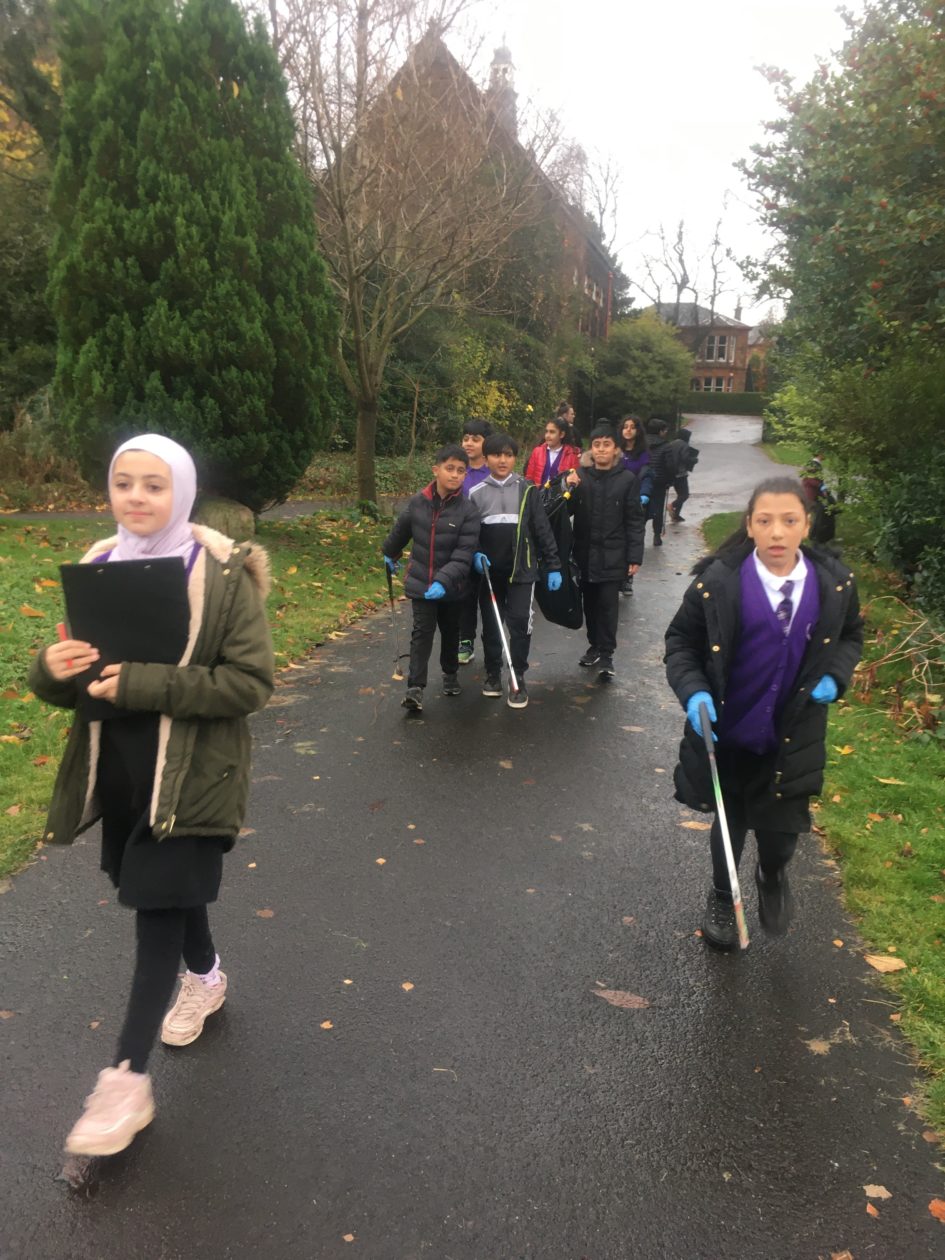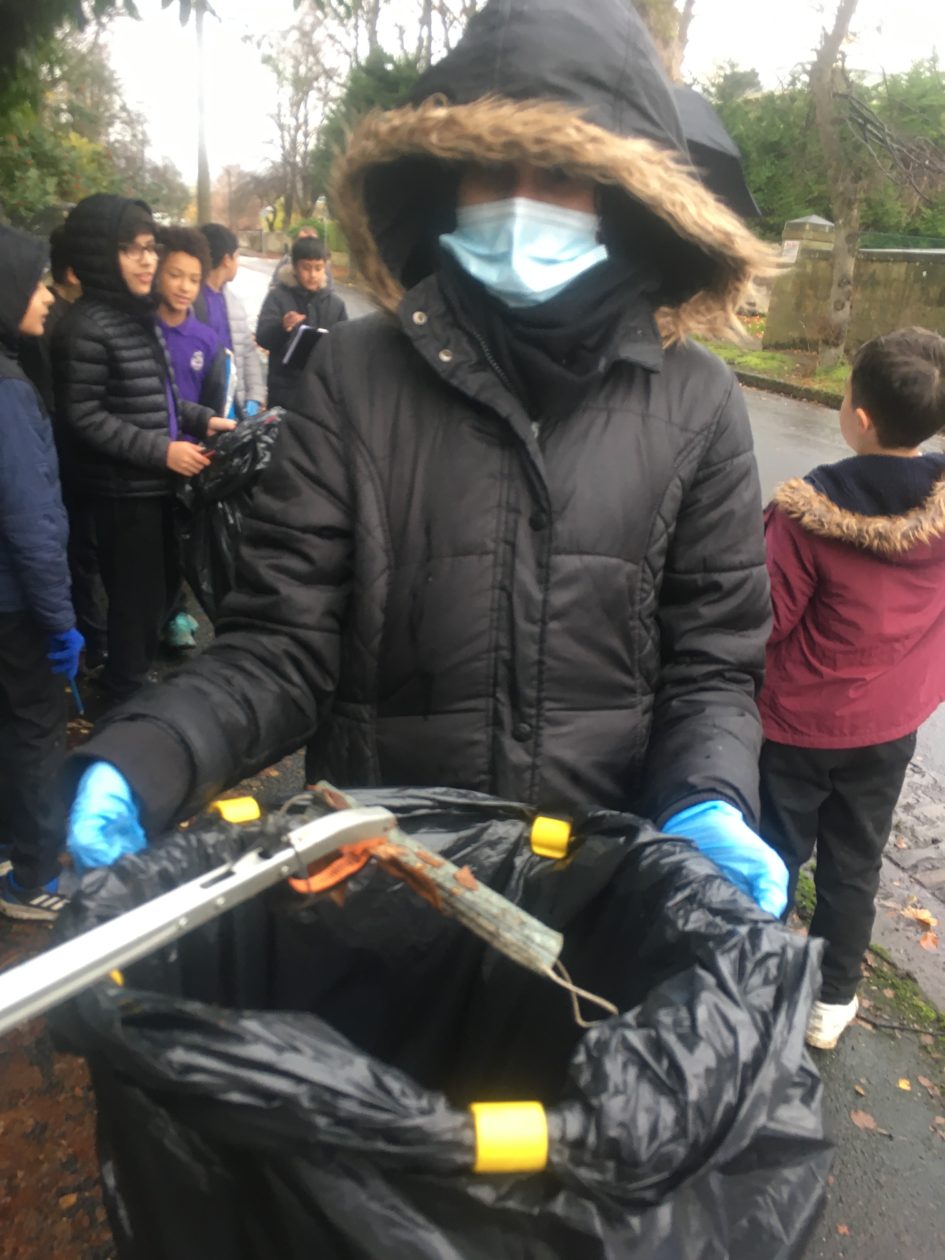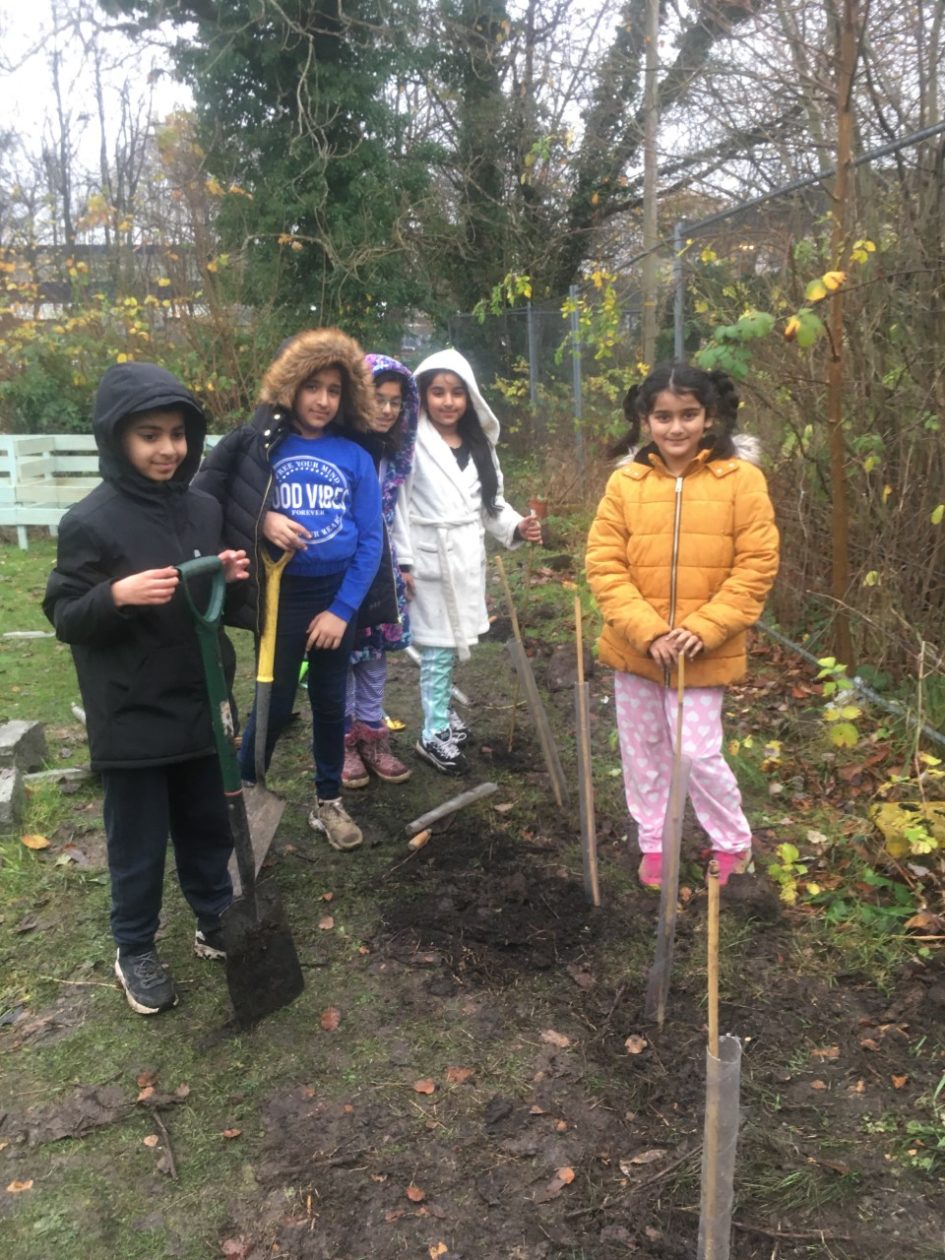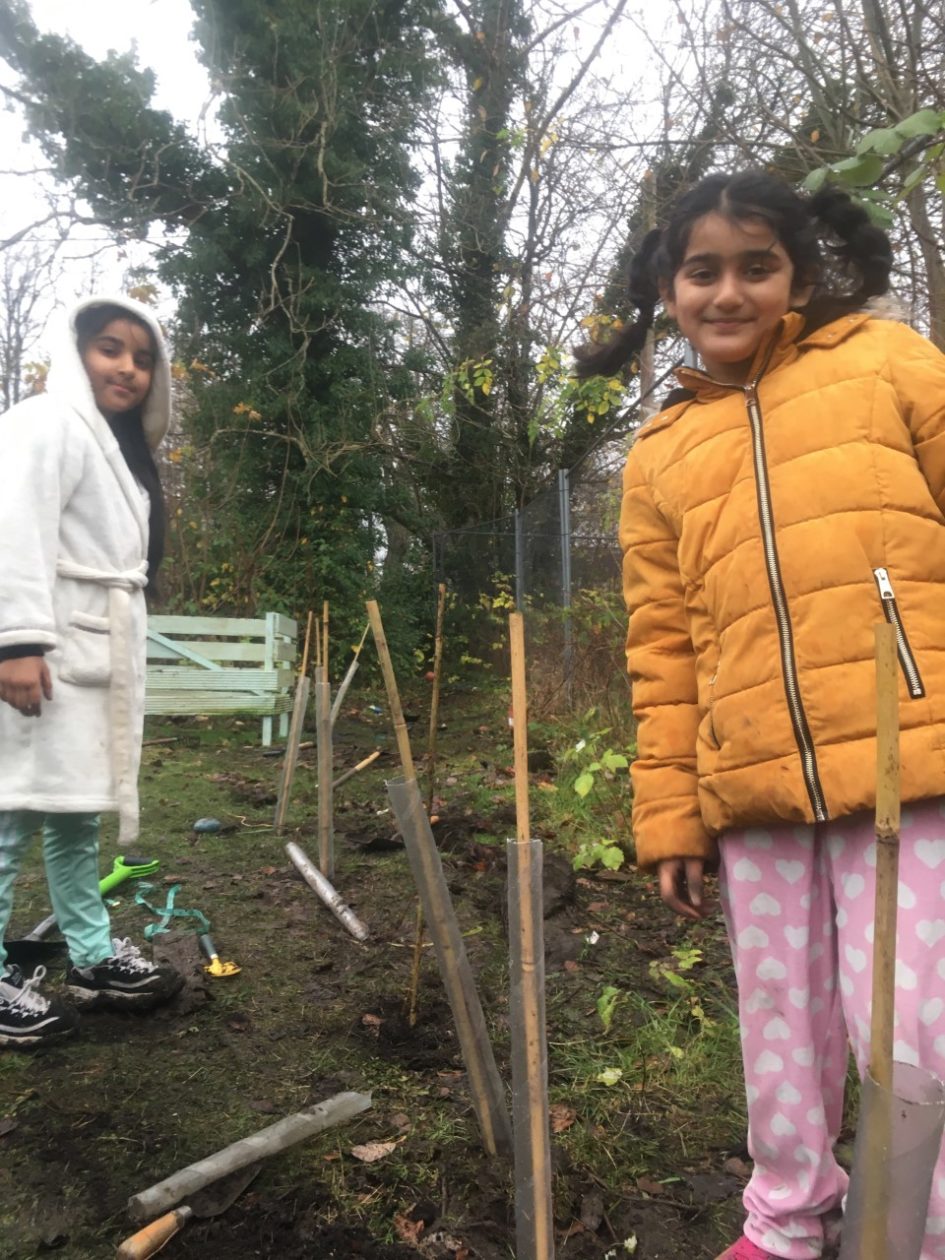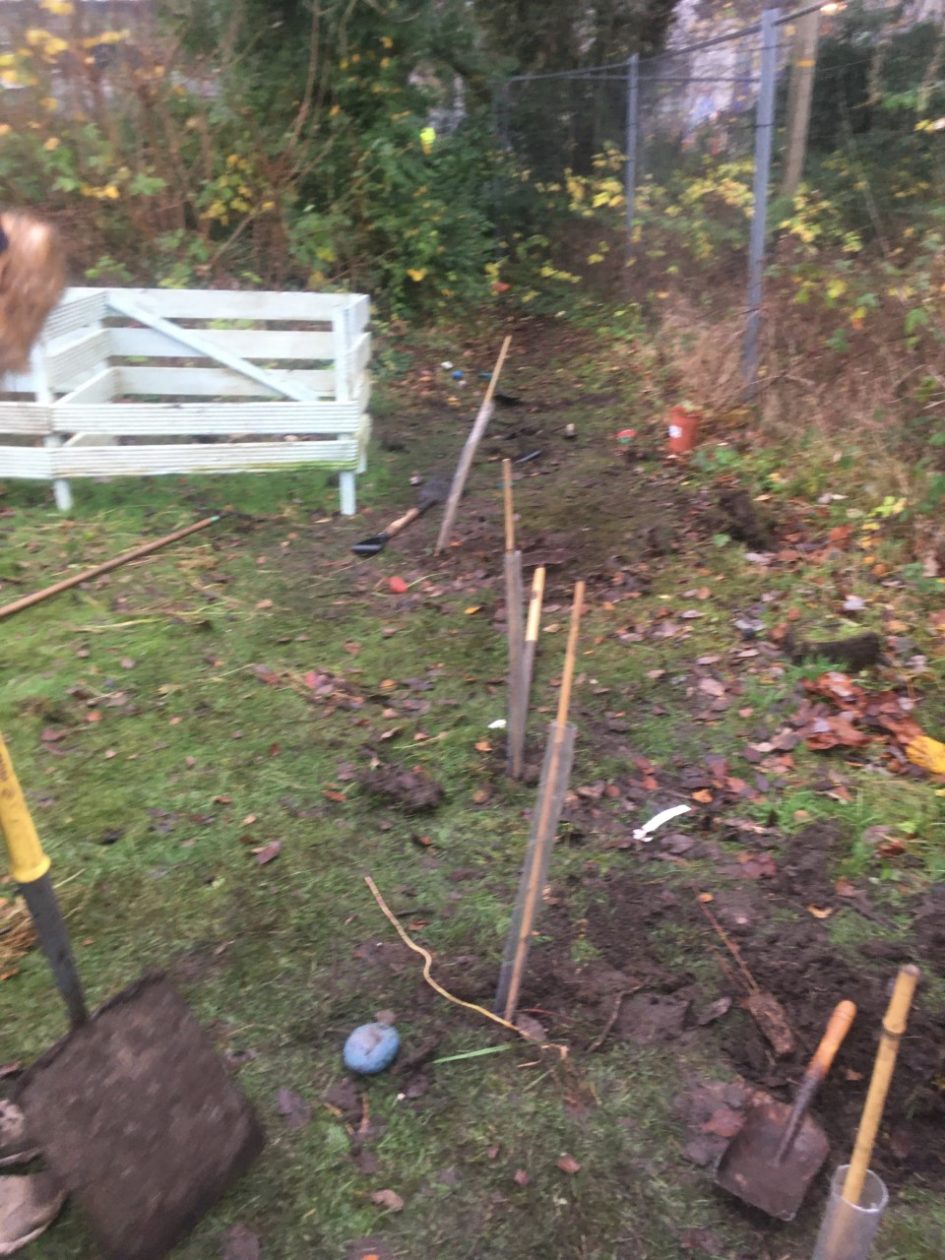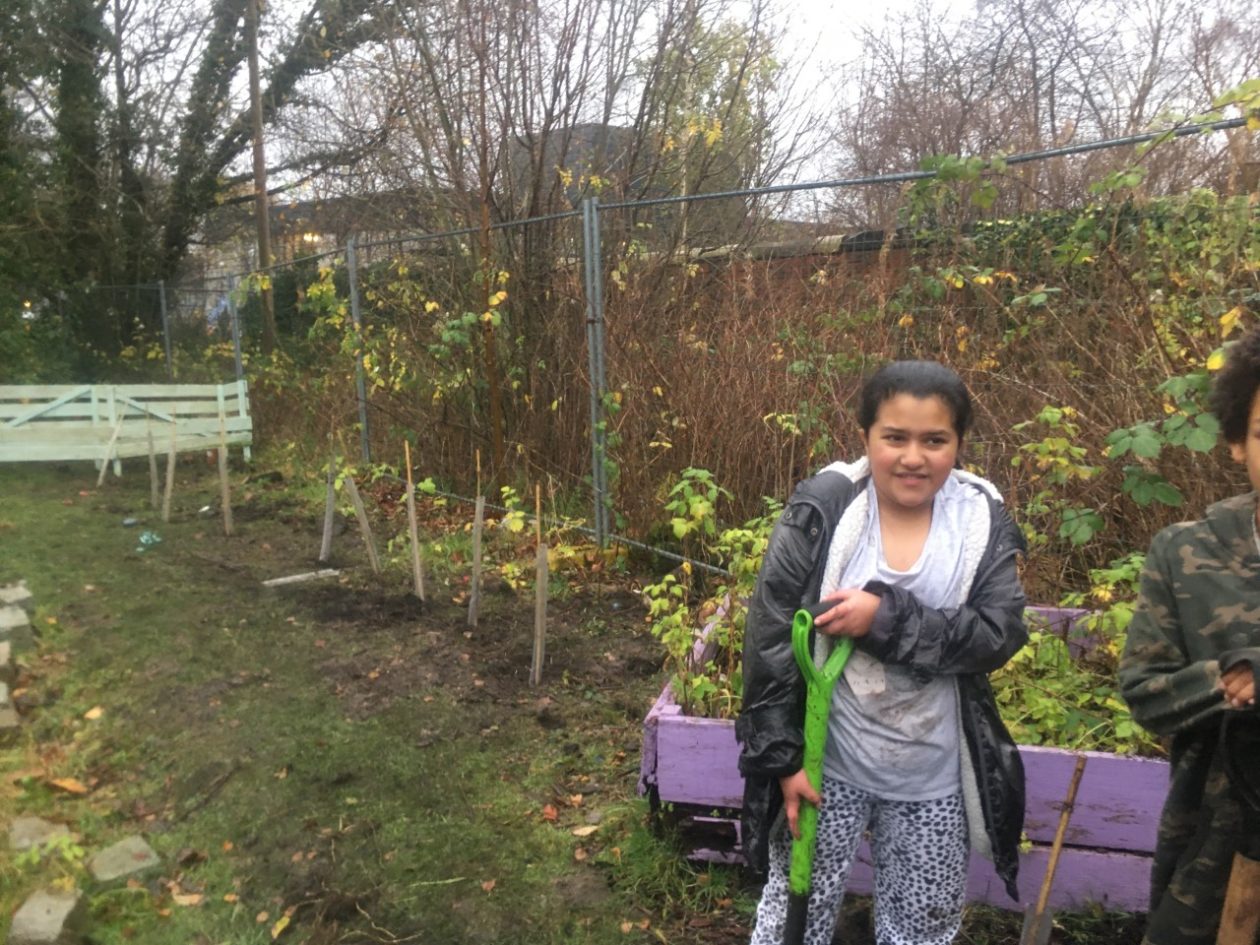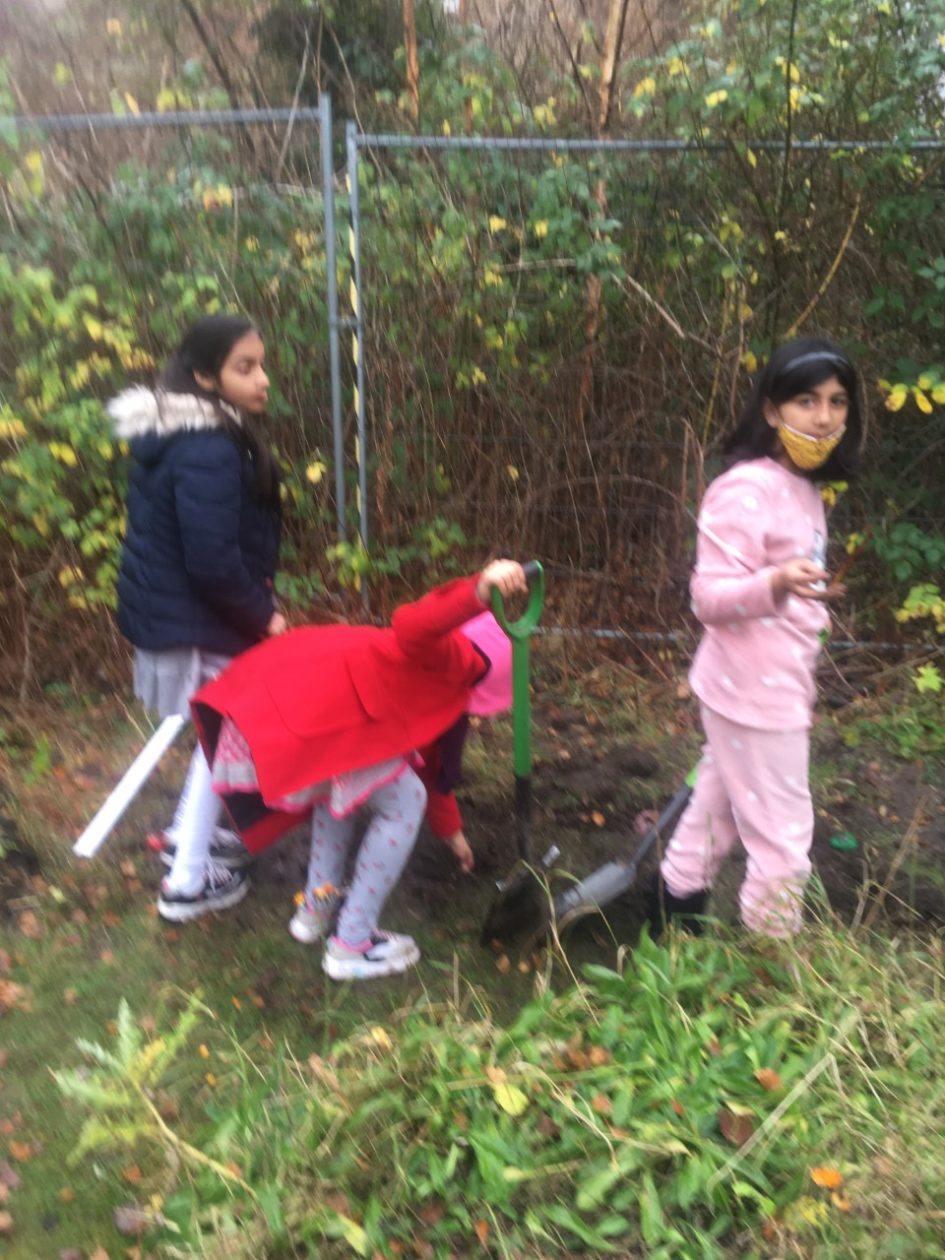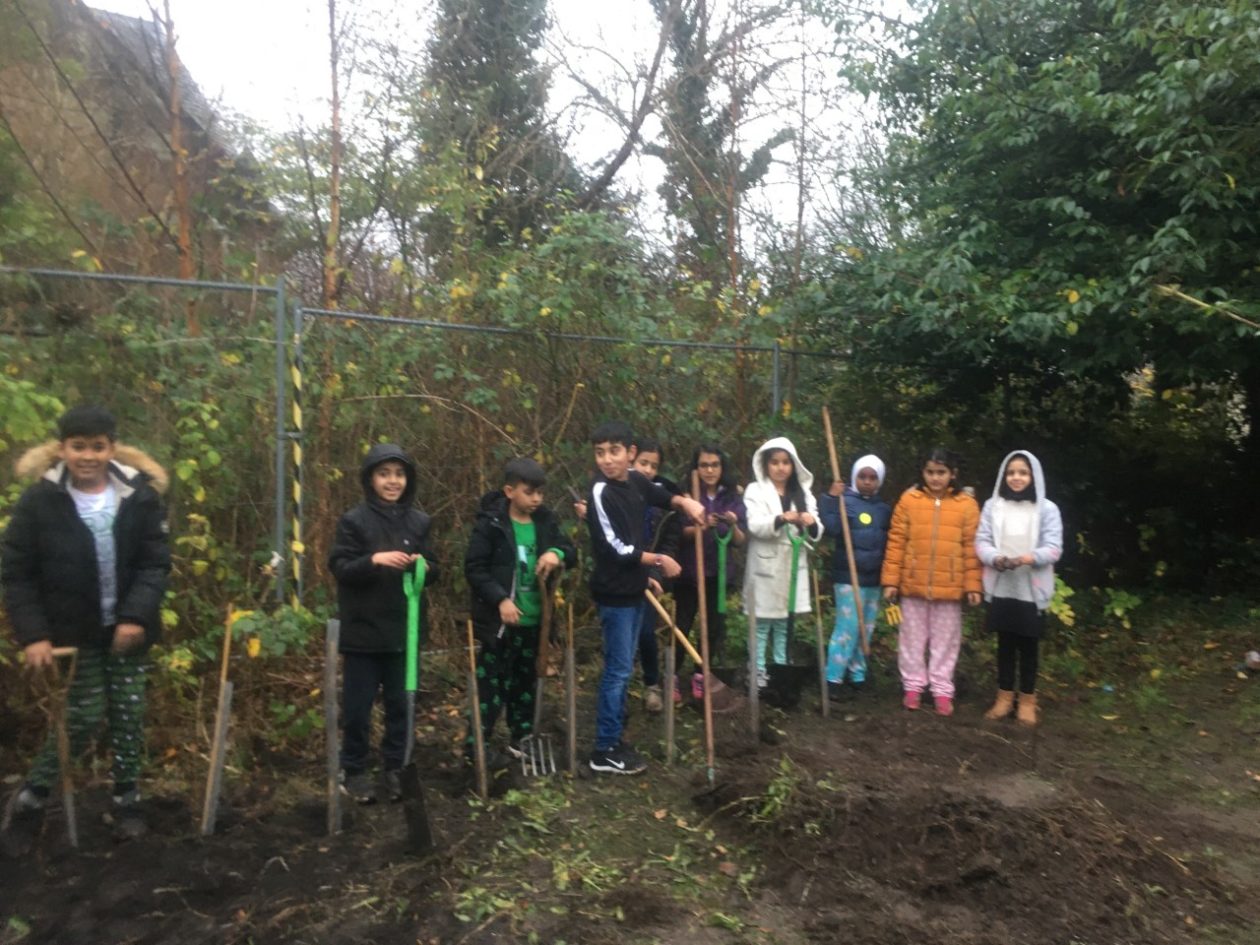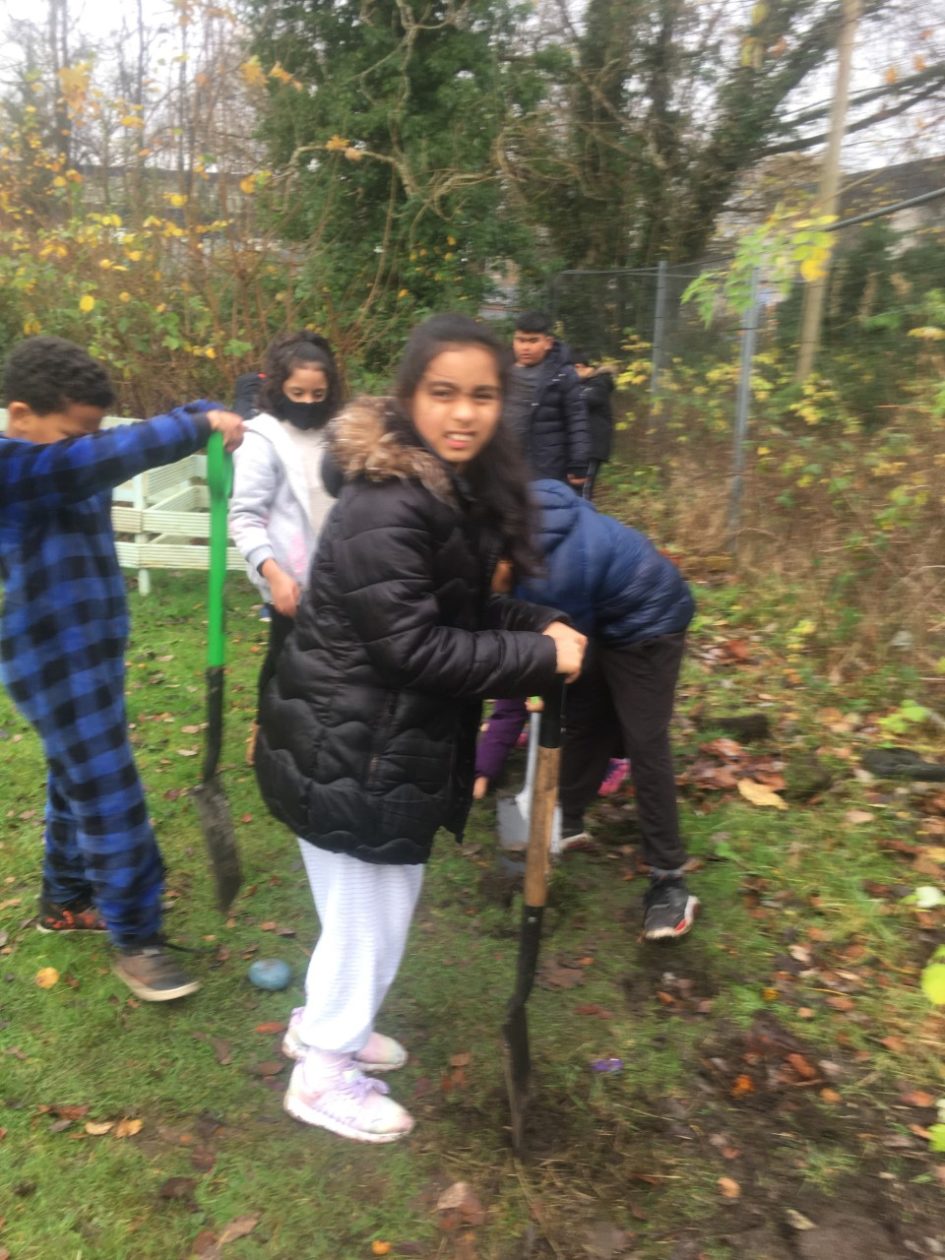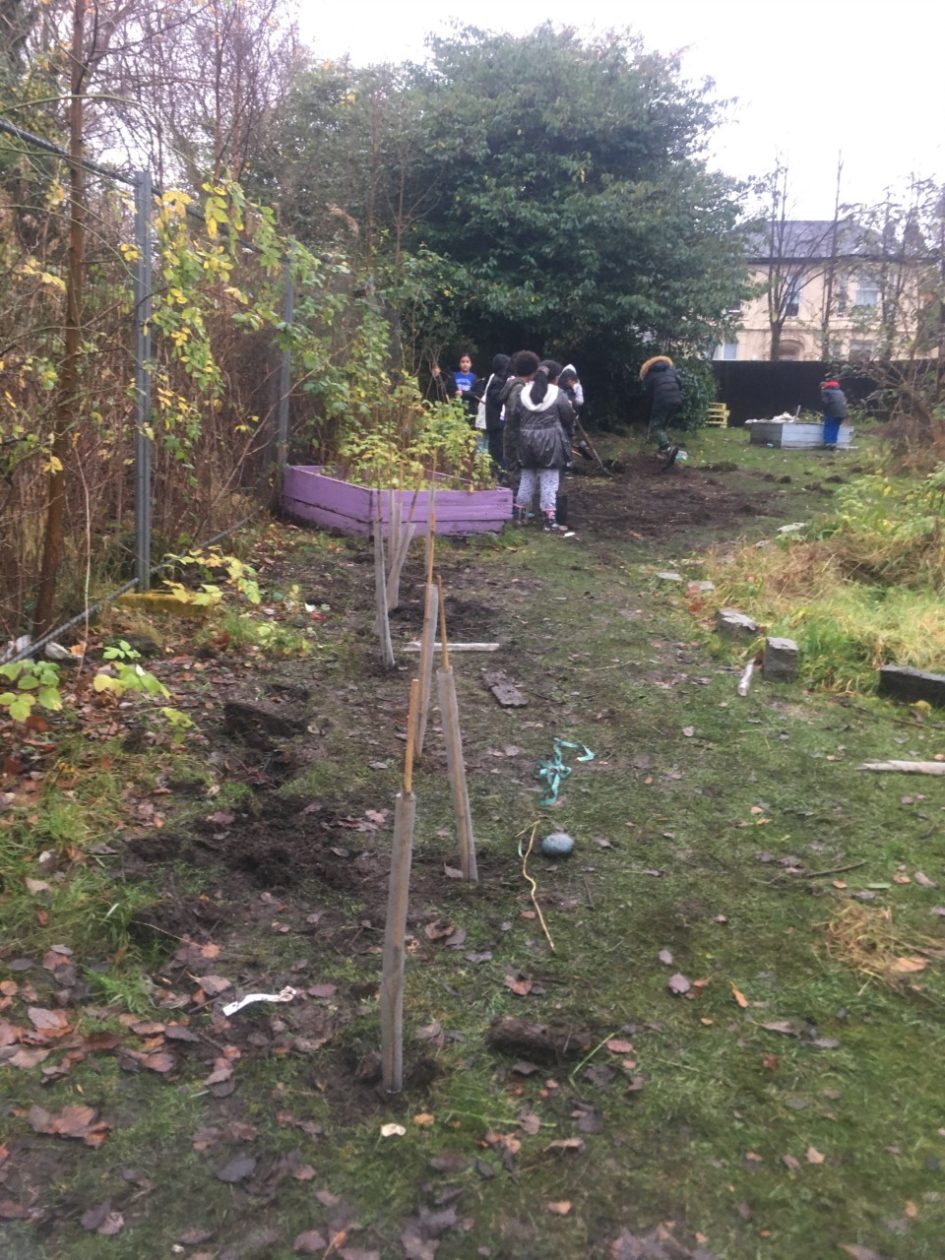As part of our Eco Schools topic on Biodiversity, our Eco Committee decided that they wanted to do something to help Scottish biodiversity outside as well as inside our school grounds.
After some research they found an environmental charity called Trees for Life. Trees for Life aims to revitalise Caledonian wild forest in the Highlands of Scotland, providing space for wildlife to flourish and communities to thrive. They will plant native species of tree, such as alder, aspen, birch, bird cherry, hazel, holly, rowan, Scots pine or willow, on behalf of schools, businesses or individuals to restore forests, that have been decimated by human activity over thousands of years. It is estimated that the Caledonian forest present today in the Highlands, is a mere 5% of its original 1.5 million hectares as trees were cut for fuel and timber, and to convert the land to agriculture.

Trees for life can help to reverse this damage. Young trees are planted beside established native trees to transform bleak open hillsides into a healthy forest providing a habitat to support species such as red squirrel, black grouse, Capercaillie, pine marten, otters, golden eagle and Scottish Crossbills.





These trees are planted at Dundreggan, near Loch Ness in beautiful Glen Moriston. Dundreggan includes ancient Caledonian pinewoods and superb birch and juniper woodlands. With mires, wetlands and wildflower meadows, Dundreggan is a haven for wildlife. Not only does this provide habitat for wildlife, it also helps to absorb and lock up carbon dioxide from the atmosphere, to help combat climate change, as trees use this gas to produce their own food in the form of starch, through photosynthesis and return oxygen to the air. Trees also hold water, prevent flooding, restore underground reservoirs and maintain water vapour in the air, increasing the chance of rainfall and reducing drought and desertification.
The St. Albert’s primary grove has been started with three trees planted on our behalf. We can add more trees as time goes on at a cost of just £6 each. We hope that the whole community of St. Albert’s Primary will add trees to our grove, so that it becomes a forest over time. You can add a tree to our grove on the Trees for Life website at:
https://treesforlife.org.uk/find-a-grove/
On this page, type St. Albert’s Primary, Glasgow into the search box and hit RETURN. This will take you to a page where you can purchase trees which will be added to expand our grove to create something beautiful for the wildlife and future generations to enjoy.

